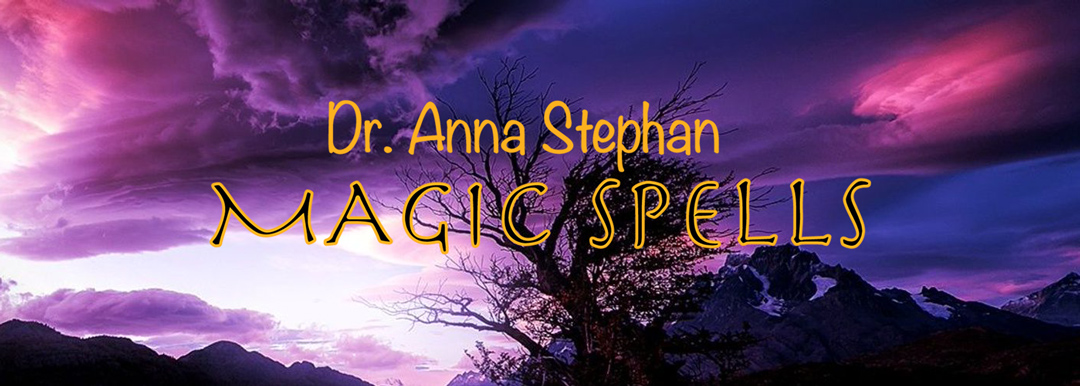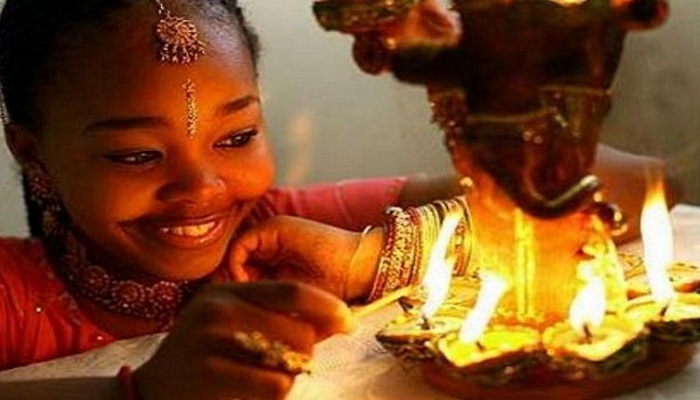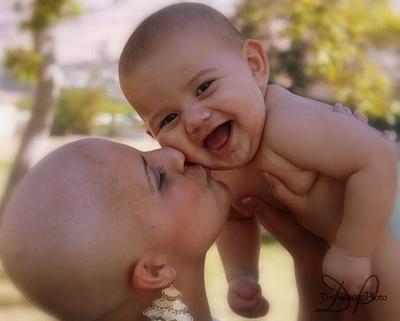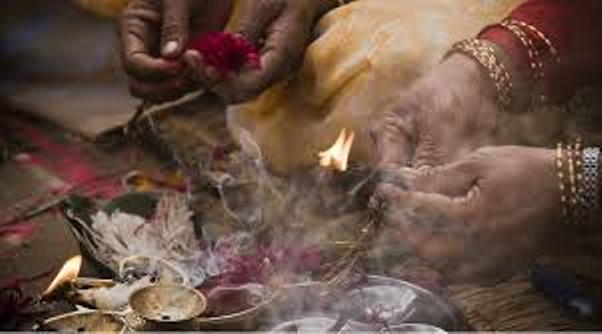If You are looking for Powerful African Witchcraft Spells, I inspire you to look through by way of my assortment and locate the spell that is right for you If witchcraft utilizes a method aimed at inflicting physical and psychological struggle on the sufferer, they will triumph over the spell only every time they now not oppose it.
Table of Contents
How Witch Doctors Cast Powerful Spells
Longer-phrase outcomes may incorporate psychological manipulation or Charge of the target of a spell, as well as curses that involve continual maintenance or show up following more time amounts of time have elapsed.
The problem I have is would me burning the seven African Powers incense have an adverse result by using a ritual I’m organizing offered everything I’ve mentioned.
The Origins of African Witchcraft
Second, darkish magic frequently consists of the use of blood or other darkish fluids. This is due to these substances being thought to be especially powerful In attracting and binding evil spirits.
Black Magic Spells, Curses & Hexes
Many of those traditions have roots in specific African ethnic groups and also have developed over hundreds of years within the diaspora, especially within the Americas plus the Caribbean.
Most of the time, Powerful African Witchcraft Spells utilize unfavorable Electrical power. This Strength can be harnessed from darkish beings or objects, or it might be generated in the caster themselves and their family and friends from hurt.
Many are not shown. The ones during the short article are just the preferred, and desired.
Is Black Magic Real? Debunking Myths About African Witchcraft
In contrast to black magic practitioners, Wiccans believe in the strength of good and don’t use their techniques for manipulative or unsafe applications. They rely upon beneficial energies to manifest ideal benefits utilizing their rituals.
You don’t have to tolerate everyone sending you negative Vitality of any sort, therefore you shouldn’t have to! These Powerful African Witchcraft Spells are designed that assist you feel lighter, and extra relieved, and points get started improving significantly!
Common Types of Powerful African Witchcraft Spells
Essentially, you already know when it’s time to Allow a little something to die and make space for something else. If a thing stronger, far better, or something which will almost certainly spread some optimistic Electricity everywhere in the universe when the two souls will ultimately be joined.
Witchcraft Removal Spells performed by Sangoma
Every time you repeat the magic text click here to attempt to improve the depth of your voice and intensely visualize the image of the man in dilemma submissive to you.
You should not skip out on the chance to get involved in the New Moon Spell Ritual to reinforce adore, luck, job, or no matter what you end up picking.












